Solar irrigation is an eco-friendly system that provides irrigation for agricultural areas using solar energy. This system can operate without relying on the electrical grid and uses the energy generated by solar panels to run water pumps. In this way, while saving on electricity bills, carbon emissions are also minimized.
Compared to traditional irrigation methods, solar irrigation systems are more efficient and sustainable. Especially in sunny regions, they can provide an uninterrupted water supply throughout the year. Users can transfer water to storage tanks or direct it straight into irrigation lines. Although the installation cost may seem high at first, in the long run it pays for itself thanks to low operating costs and energy savings.
Solar irrigation systems offer significant advantages to farmers supporting agricultural production. They are not affected by power outages and can be automatically controlled with remotely monitored systems. This saves both time and labor. With their eco-friendly nature, they become an important part of sustainable farming practices.
How Does a Solar Irrigation System Work?
A solar irrigation system delivers water to agricultural areas automatically and sustainably by using solar energy. Solar panels convert incoming sunlight into electrical energy, which then powers the water pumps. Water can be stored in tanks or sent directly to irrigation lines. Thanks to automatic control systems, the irrigation process operates based on predefined schedules or soil-moisture sensors.
Operating Stages of a Solar Irrigation System:
- Solar Panels: Convert sunlight into electrical energy, which powers the pumps.
- Battery and Charge Controller: Store and regulate the energy produced by the solar panels, allowing the system to run at night or in cloudy weather.
- Water Pump: The solar-powered pump draws water from the source and delivers it to the storage tank or directly to the irrigation lines.
- Irrigation Lines: Water reaches plants via methods such as drip or sprinkler irrigation.
- Automatic Control System: Optionally automates operation with timers or moisture sensors.
While reducing energy costs, solar irrigation systems offer an environmentally friendly solution. Their ability to operate without being affected by power outages is a major advantage, especially for agricultural producers in rural and remote areas. In addition, the system’s automated nature makes irrigation effortless and saves time.
What Are the Advantages of a Solar Irrigation System?
Solar irrigation systems increase efficiency in agricultural production while providing a sustainable, eco-friendly solution. Compared to conventional electric irrigation methods, they reduce energy costs and can operate independently. Drawing water from the source and delivering it to plants with solar power both lowers costs and enables irrigation without being affected by grid outages.
Advantages of a Solar Irrigation System:
- Energy Savings: Electricity costs are reduced because solar energy is used.
- Eco-Friendly: Does not consume fossil fuels or emit carbon, so it does not pollute the environment.
- Automatic Control Capability: Automatic irrigation via moisture sensors and timers.
- No Dependence on the Grid: No need for electrical infrastructure, especially in rural and remote areas.
- Low Maintenance Cost: Solar panels and system components are long-lasting and require little maintenance.
- Continuous, Uninterrupted Irrigation: The system can operate continuously as long as there is sunlight.
Solar irrigation systems are an ideal choice especially for farmers who want to use water resources efficiently. Although the initial installation cost may appear high, it quickly pays for itself through long-term energy savings and low maintenance costs. This is an important step for sustainable agricultural practices.
What Equipment Is Needed for Solar Irrigation?
Setting up a solar irrigation system requires some basic equipment. This equipment ensures efficient use of solar energy throughout the entire process—from the water source to the plants. Depending on the size of the system to be installed and the needs, the equipment may vary, but the core components are similar in every system.
Equipment Required for Solar Irrigation:
- Solar Panels: Convert sunlight into electricity and meet the system’s energy needs.
- Charge Controller: Regulates the energy flow from the solar panels and ensures batteries are charged safely.
- Battery or Accumulator: Stores solar energy so the system can operate at night or on cloudy days.
- DC or AC Water Pump: The solar-powered pump draws water from the source and delivers it to the irrigation system.
- Irrigation Pipes and Distribution System: Water reaches plants via methods such as drip or sprinkler irrigation.
- Control Panel and Automation Unit: Automatically controls the system and adjusts it according to needs.
- Mounting and Connection Hardware: All components required to position the panels, make secure connections, and ensure stable operation.
With this essential equipment, solar irrigation systems provide an efficient and environmentally friendly method of irrigation. When properly installed, they save energy while delivering a sustainable farming experience. In addition, the quality of the equipment and proper integration ensure that the system is efficient and long-lasting.
How to Increase the Efficiency of a Solar Irrigation System?
Using a solar tracking system (solar tracker) is a highly effective way to increase the efficiency of a solar irrigation system. A solar tracker ensures that the solar panels receive sunlight at the most efficient angle throughout the day. While conventional fixed panels cannot harvest energy at full capacity due to the sun’s movement during the day, a solar tracker eliminates this issue. The panels automatically follow the sun and produce maximum energy all day long.
Thanks to the solar tracking system, a solar irrigation setup can increase its energy production by 20% to 40%. Even on cloudy days or during hours when the sun’s angle is low, the panels remain in the optimal position. This allows the water pumps to operate continuously and powerfully. As energy production increases, water delivery to plants becomes more stable and energy storage systems are used more efficiently.
Moreover, a system equipped with a solar tracker adapts to seasonal changes. Even during periods when sunlight arrives at different angles throughout the year, the system automatically finds the most suitable angle. This is a major advantage especially for farmers engaged in long-term agricultural production. As energy efficiency increases, operating costs decrease and sustainable farming practices become more practical.
Where Are Solar Irrigation Systems Used?
Solar irrigation systems are used to reduce energy costs and provide an environmentally friendly irrigation solution in regions with abundant sunshine. They have a wide range of applications—from rural areas with insufficient electrical infrastructure to large agricultural fields. Because these systems operate on solar energy, they are not dependent on the local electrical grid and are an ideal option for sustainable agriculture.
Places Where Solar Irrigation Systems Are Used:
- Rural Farmlands: Provide energy savings where electrical infrastructure is insufficient or costly.
- Greenhouses: Automated irrigation with solar energy and controlled plant growth.
- Vineyards and Gardens: Reduces energy costs in fruit and vegetable production.
- Livestock Farms: Used to meet water needs and irrigate pasture areas.
- Ponds and Water Storage Areas: Water is pumped with solar energy and delivered to irrigation areas.
- Commercial Farming Enterprises: Keeps energy costs under control in large-scale production.
- Mountainous or Remote Areas: Provides irrigation where there is no electrical grid.
By using solar energy efficiently, solar irrigation systems reduce costs and do not harm the environment. Particularly in regions with sunny climates, these systems can operate uninterrupted throughout the year. Thanks to the benefits of energy savings and sustainability, they are preferred everywhere from small-scale farms to large agricultural enterprises.
Which Solar Panels Are Used for Solar Irrigation Systems?
The solar panels used in solar irrigation systems play a critical role in terms of energy efficiency and durability. Monocrystalline, polycrystalline, and thin-film panels are generally preferred. Monocrystalline panels stand out for their high efficiency and convert sunlight into electrical energy in the most effective way. They are ideal for users who want to produce more energy in limited spaces. Polycrystalline panels are more cost-effective and can be preferred for large agricultural areas. In regions with sufficient sunlight, these panels operate efficiently.
Thin-film solar panels meet different needs with their flexible structure and low cost. They stand out as a low-cost option especially in large-scale agricultural fields. However, their efficiency is slightly lower than that of other types. The panel type used in a solar irrigation system should be selected based on the region’s solar potential, the size of the agricultural area, and the energy requirement. Therefore, determining the right panel type is crucial for the long-term success of the system.
In addition, the quality and installation of the solar panels directly affect efficiency. The angle and orientation of the panels ensure maximum yield from sunlight. The solar panels used in solar irrigation systems should also be maintained regularly. Dust, dirt, or leaf buildup can cover the panel surface and reduce energy production. Therefore, panel cleaning and technical checks should not be neglected.


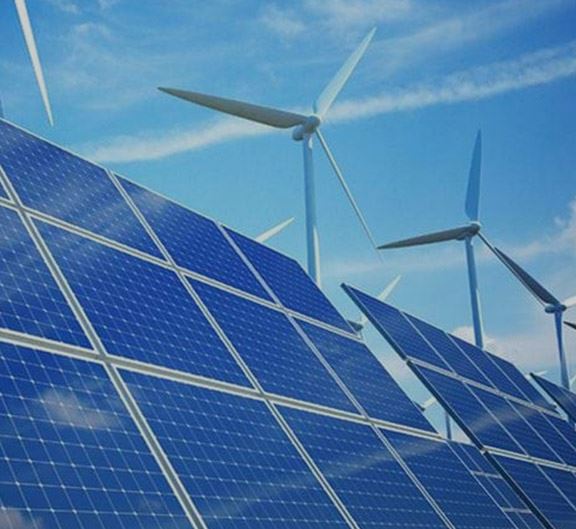
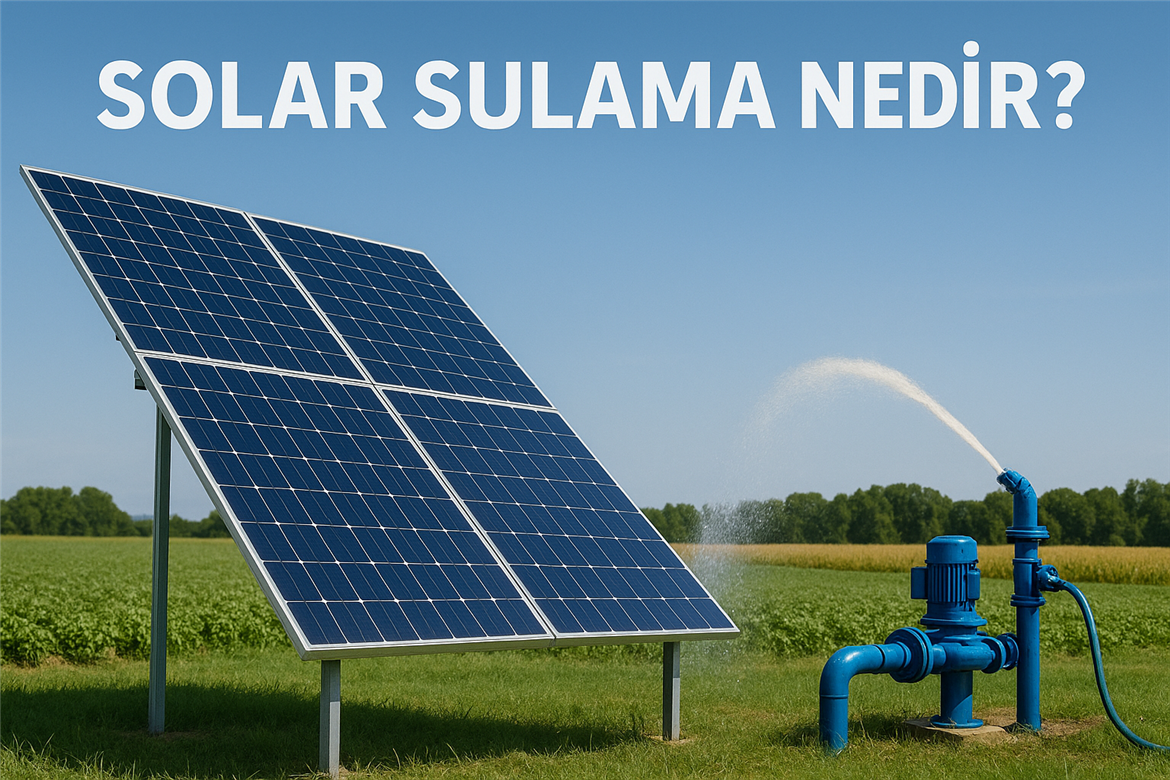
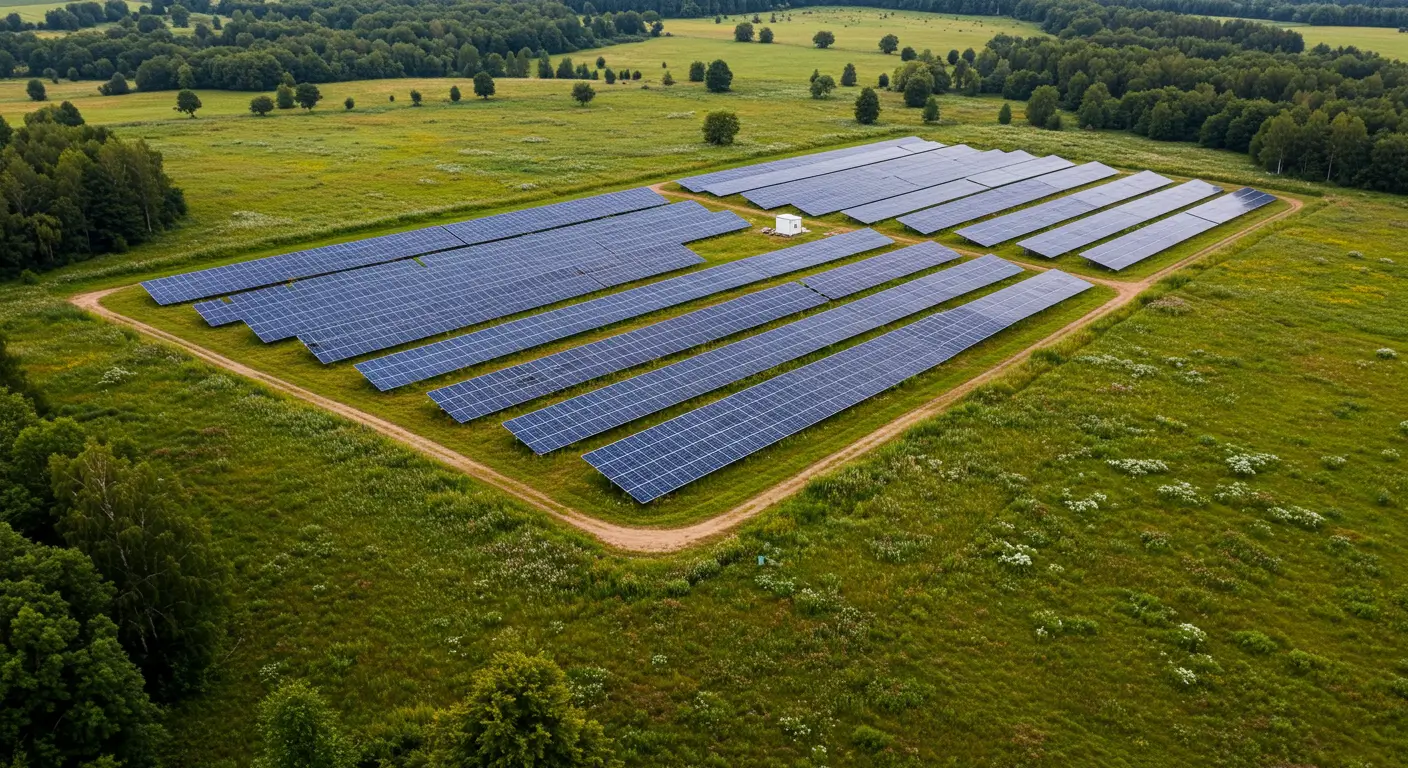
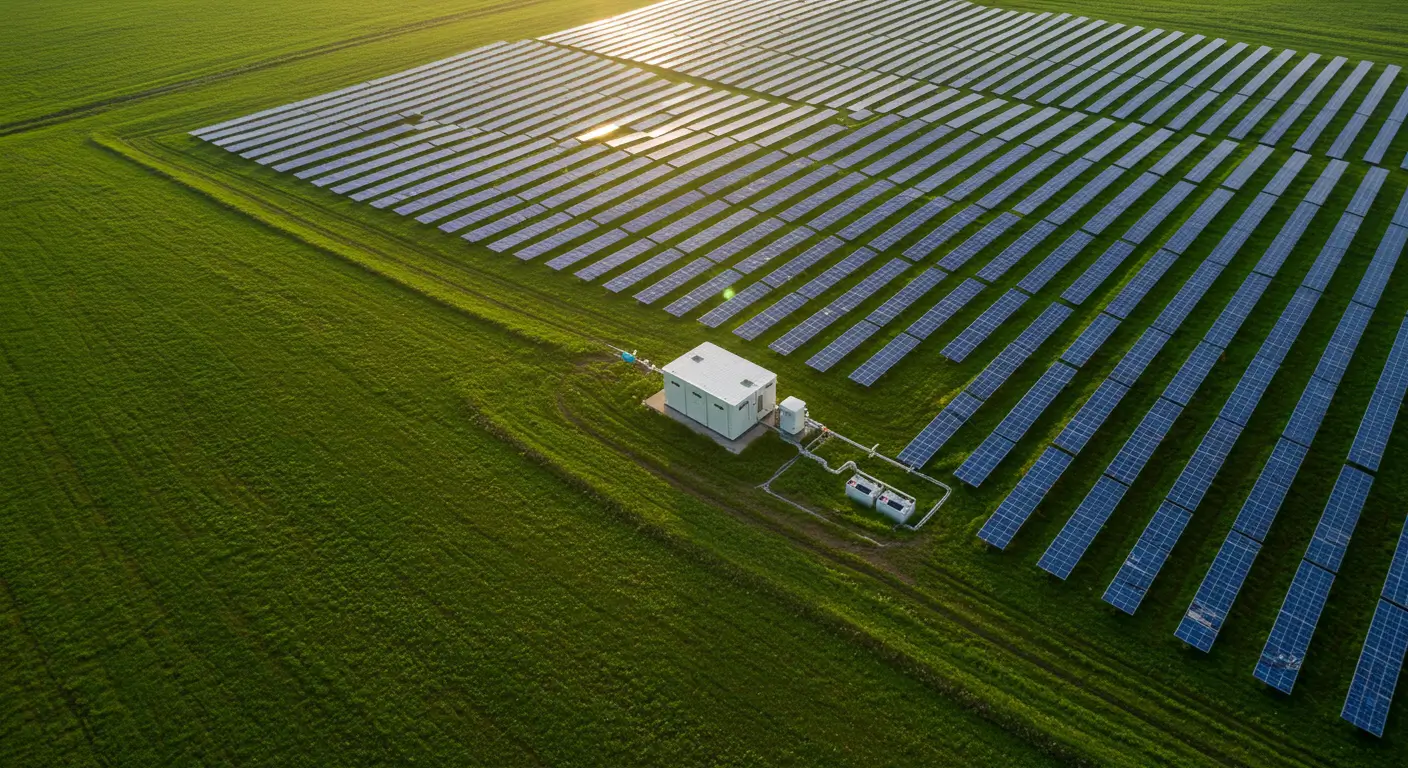
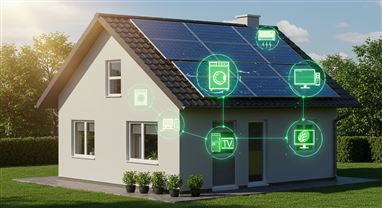
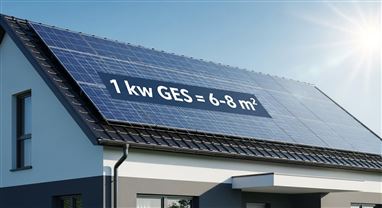
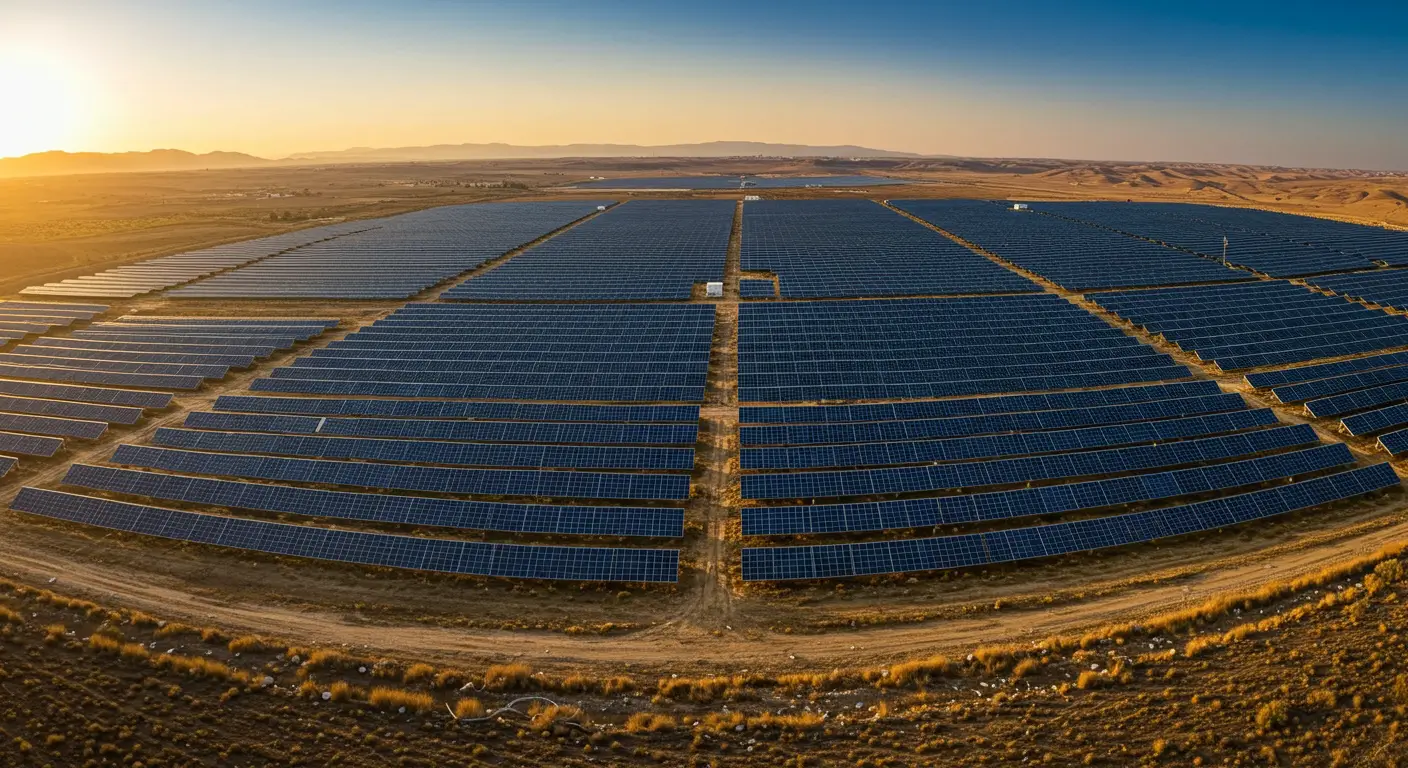
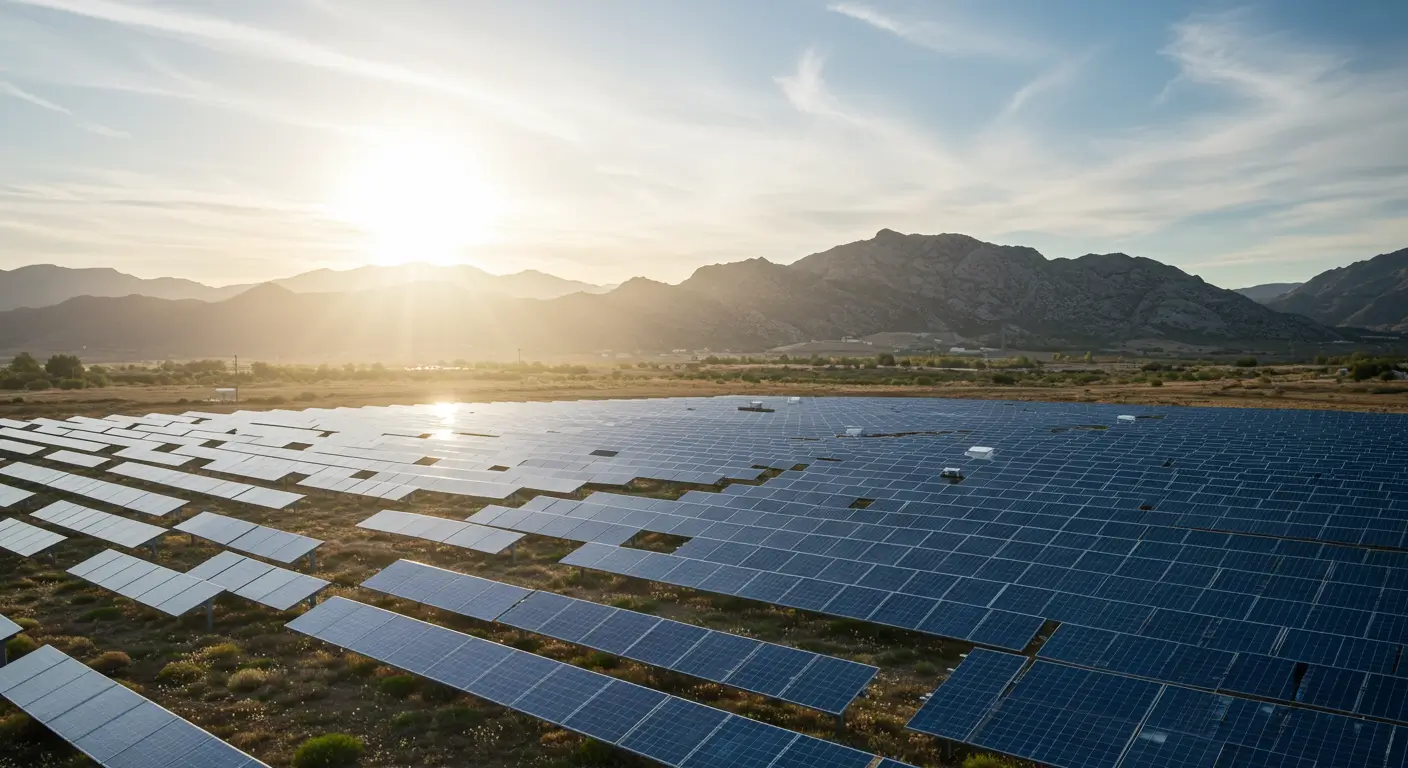
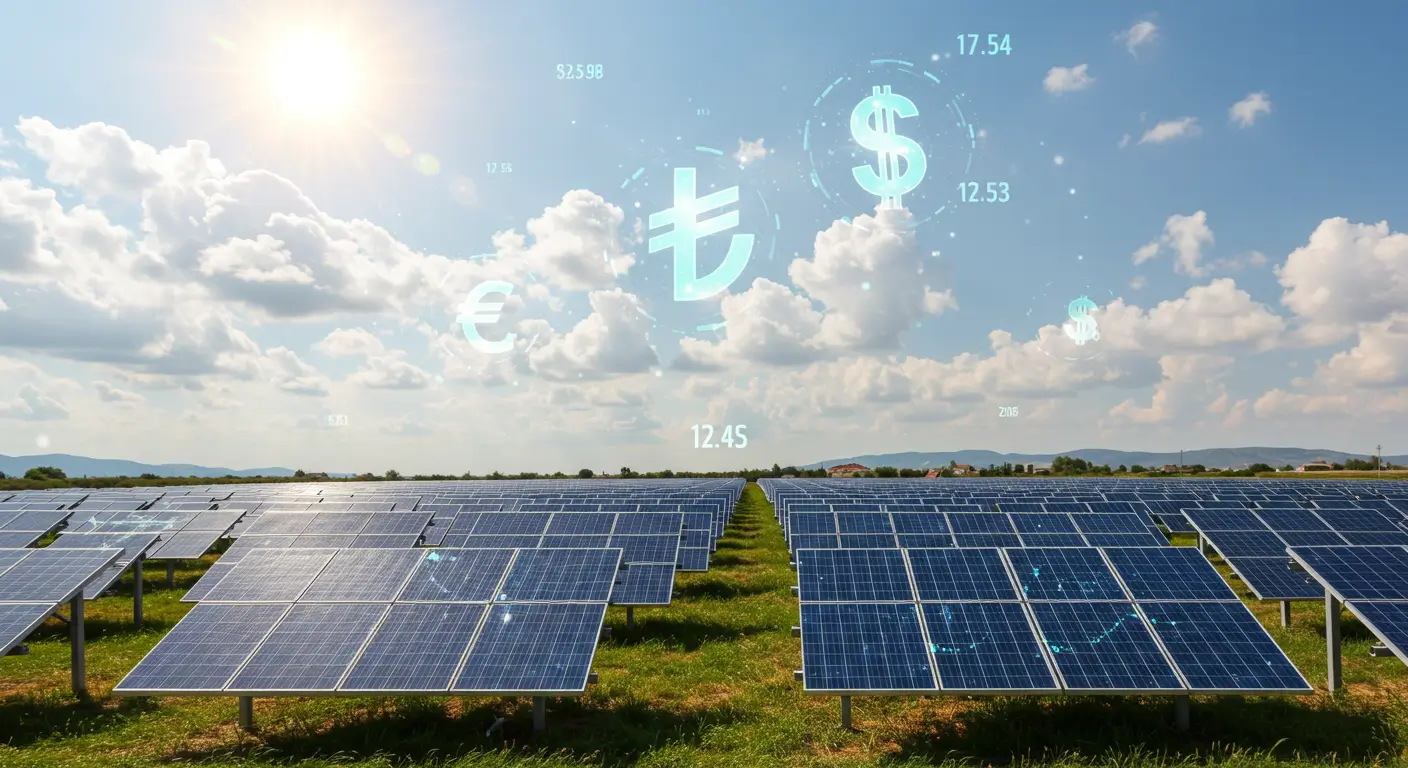
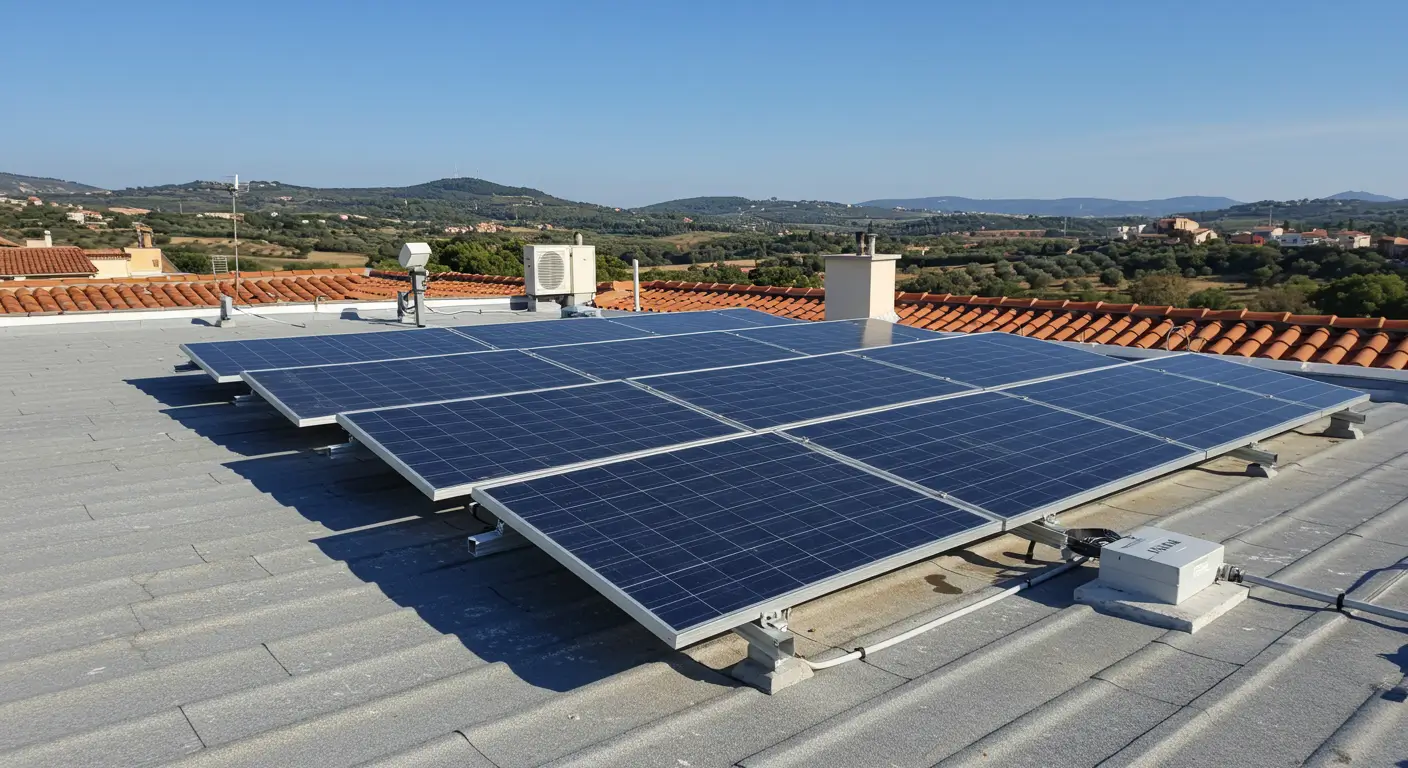
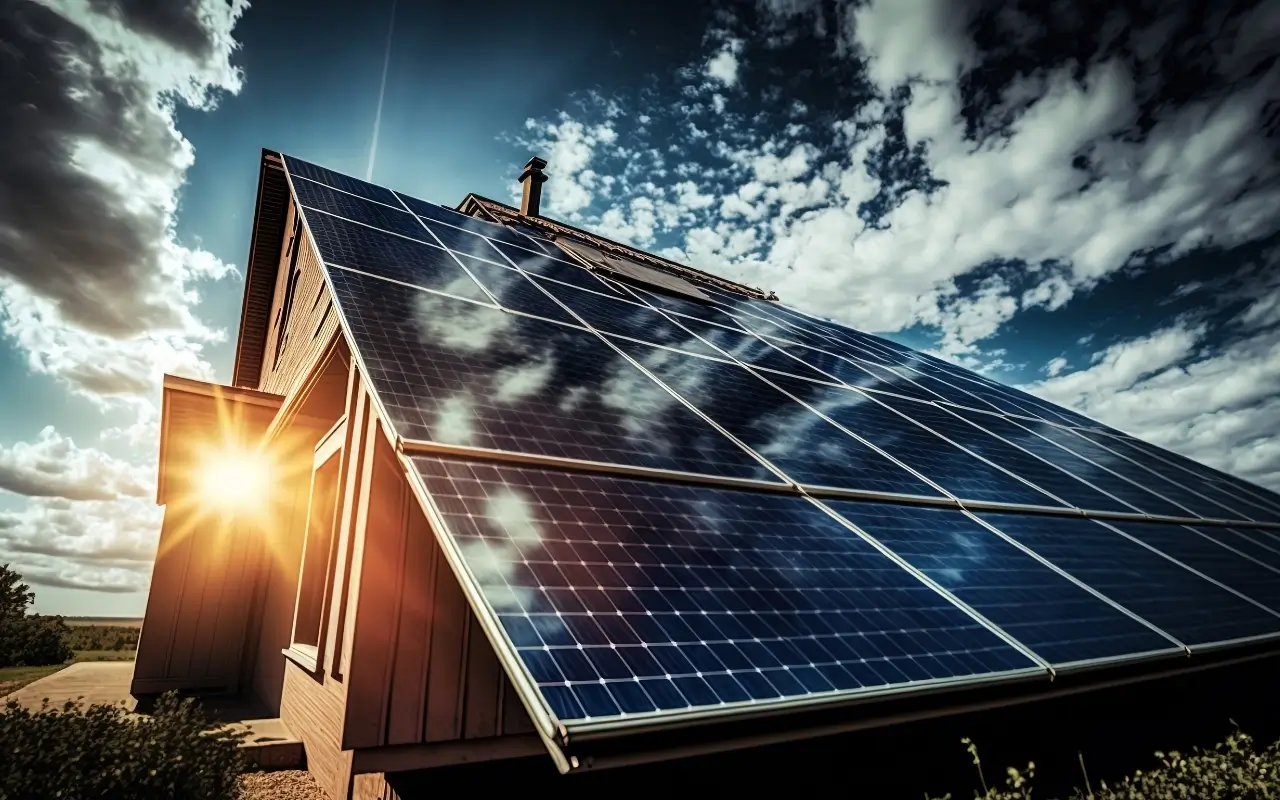
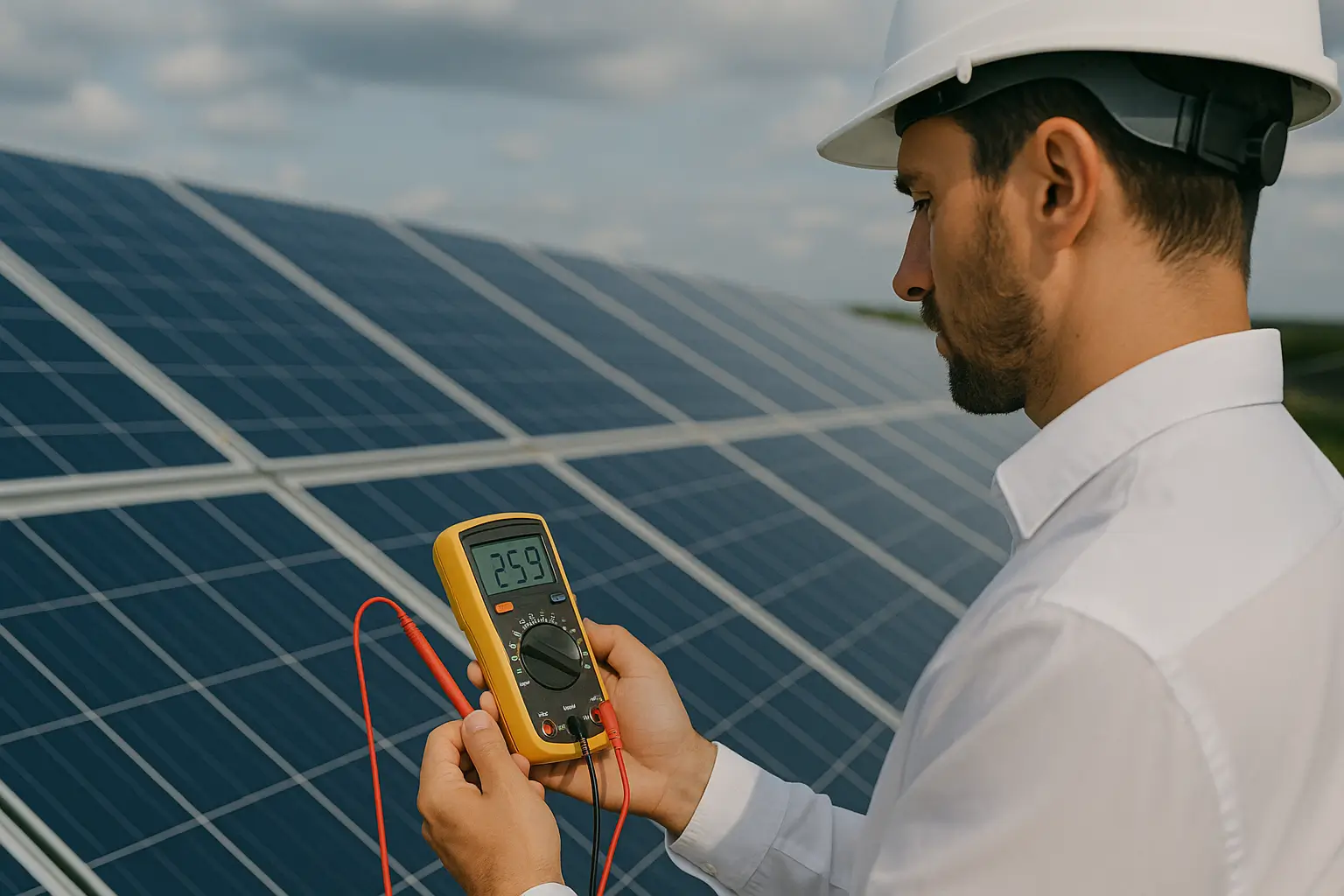
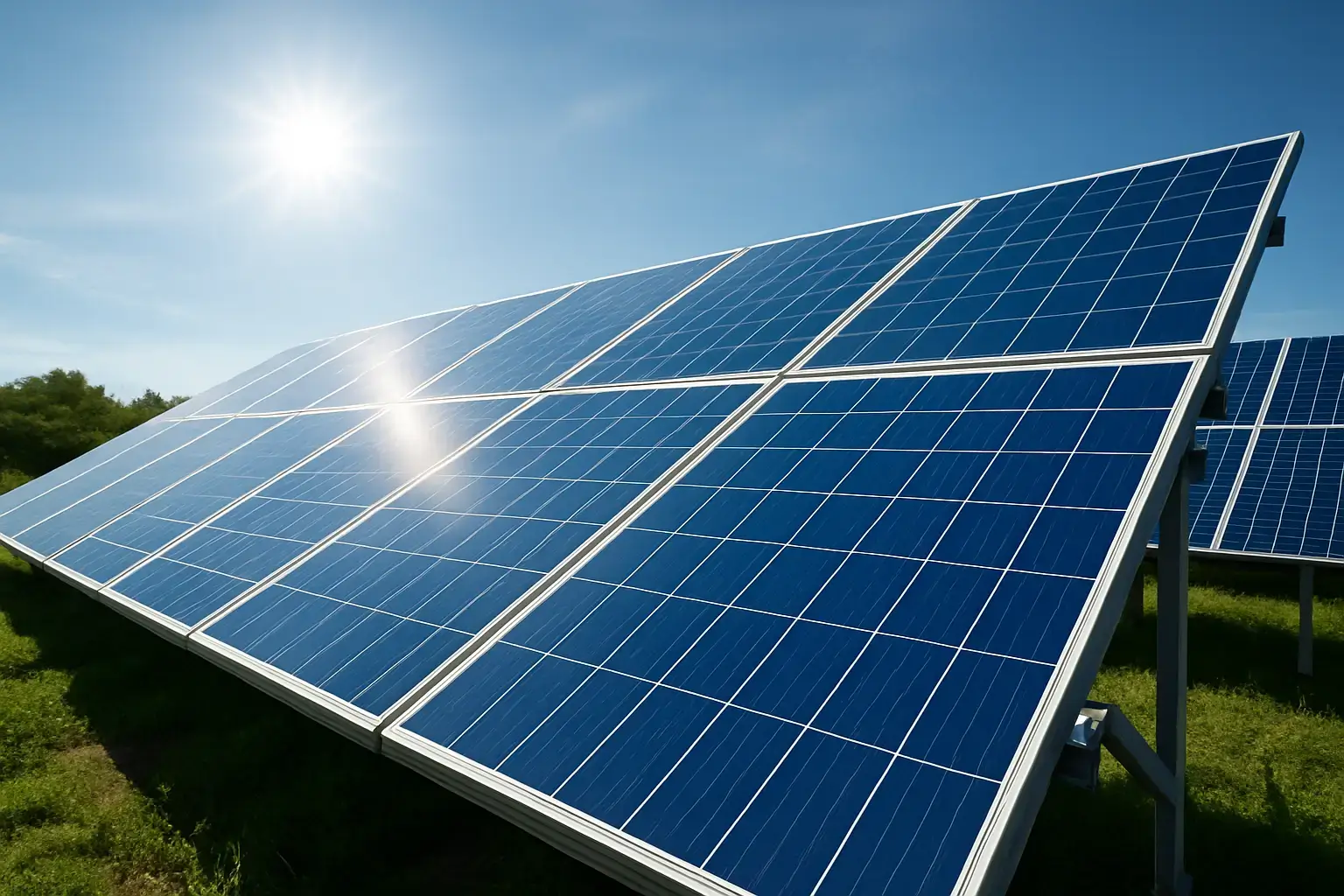
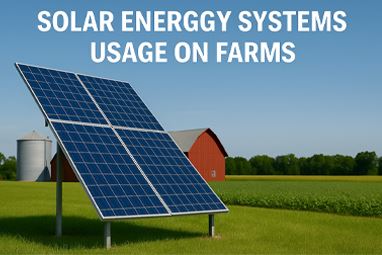
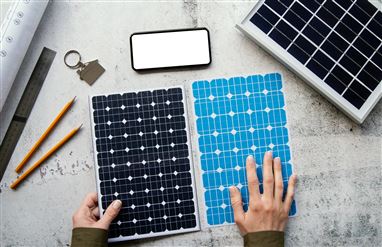
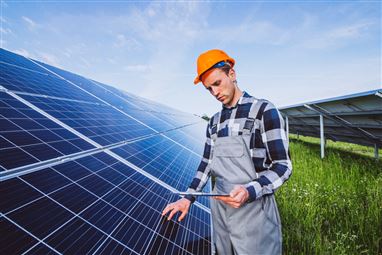
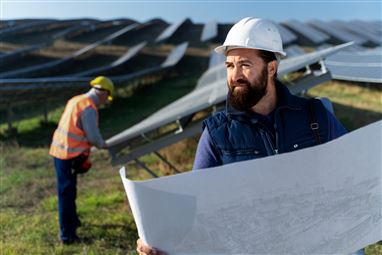
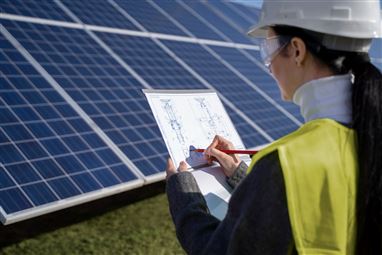
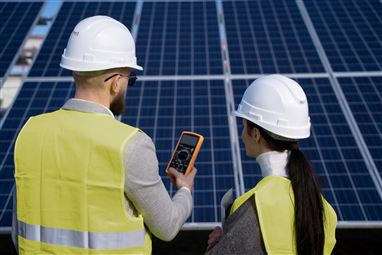
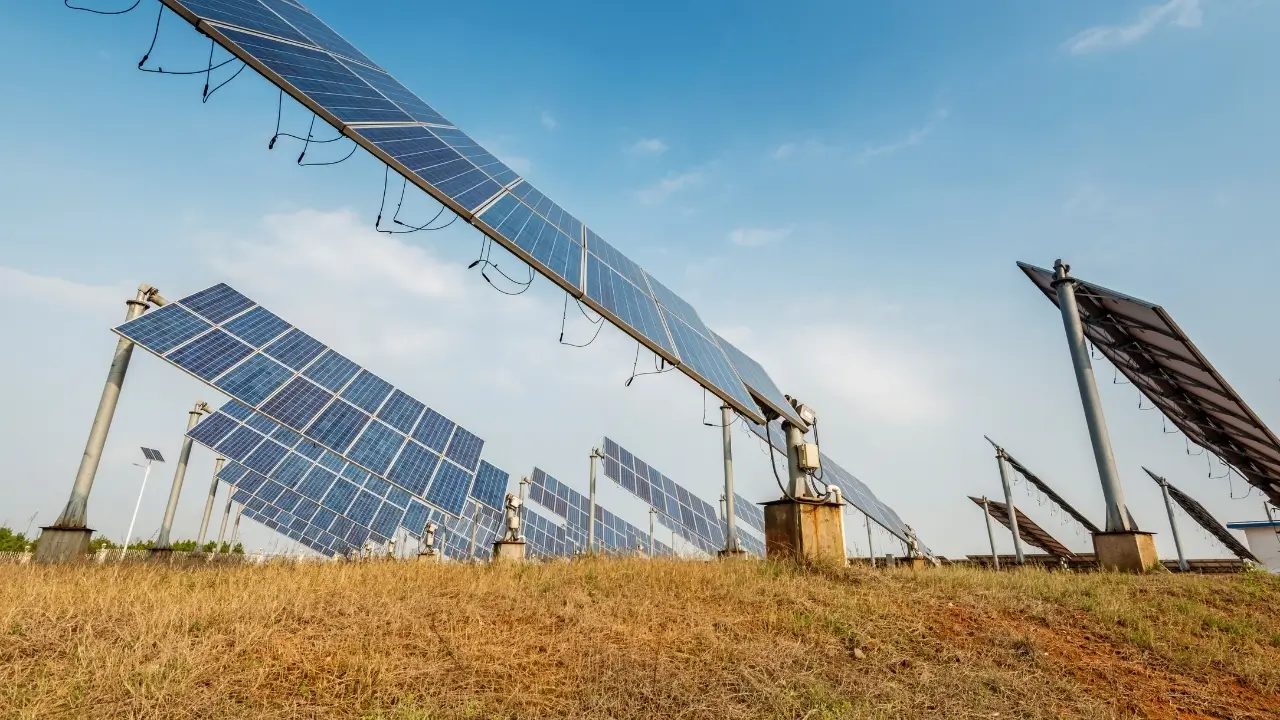
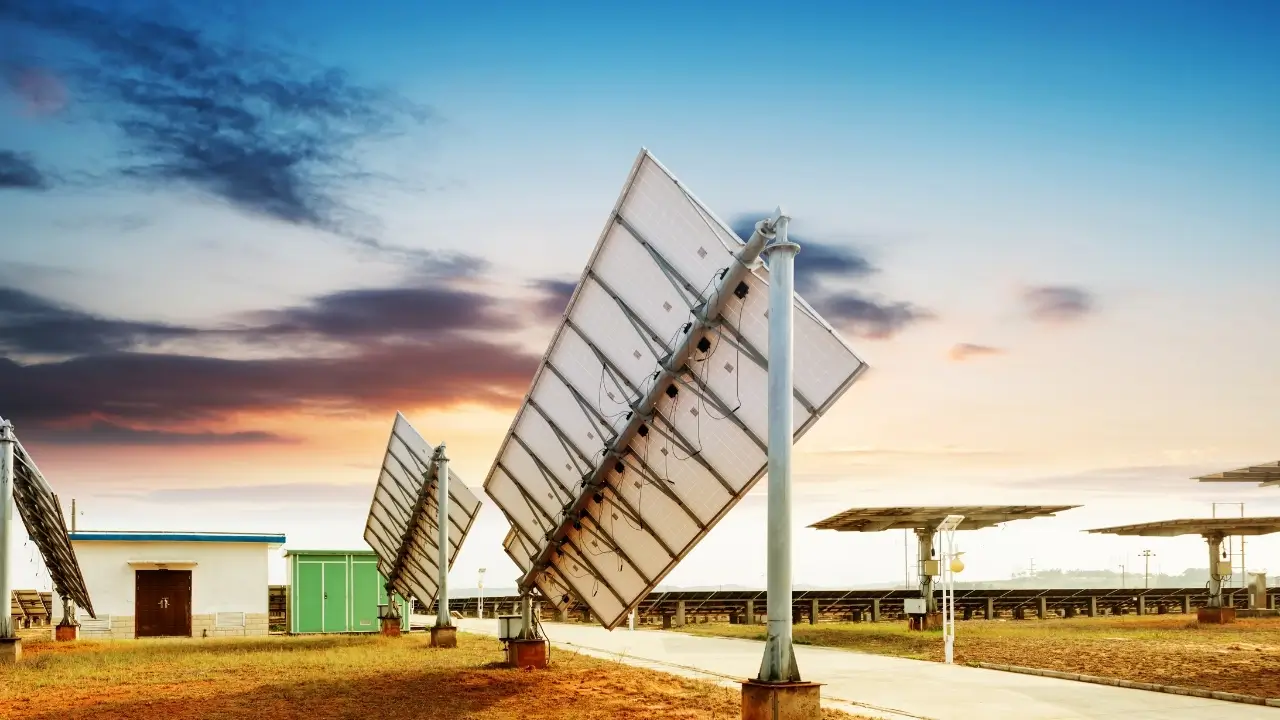
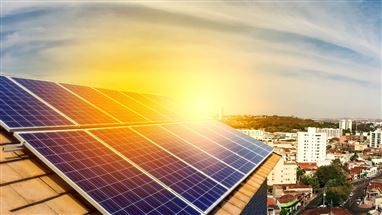
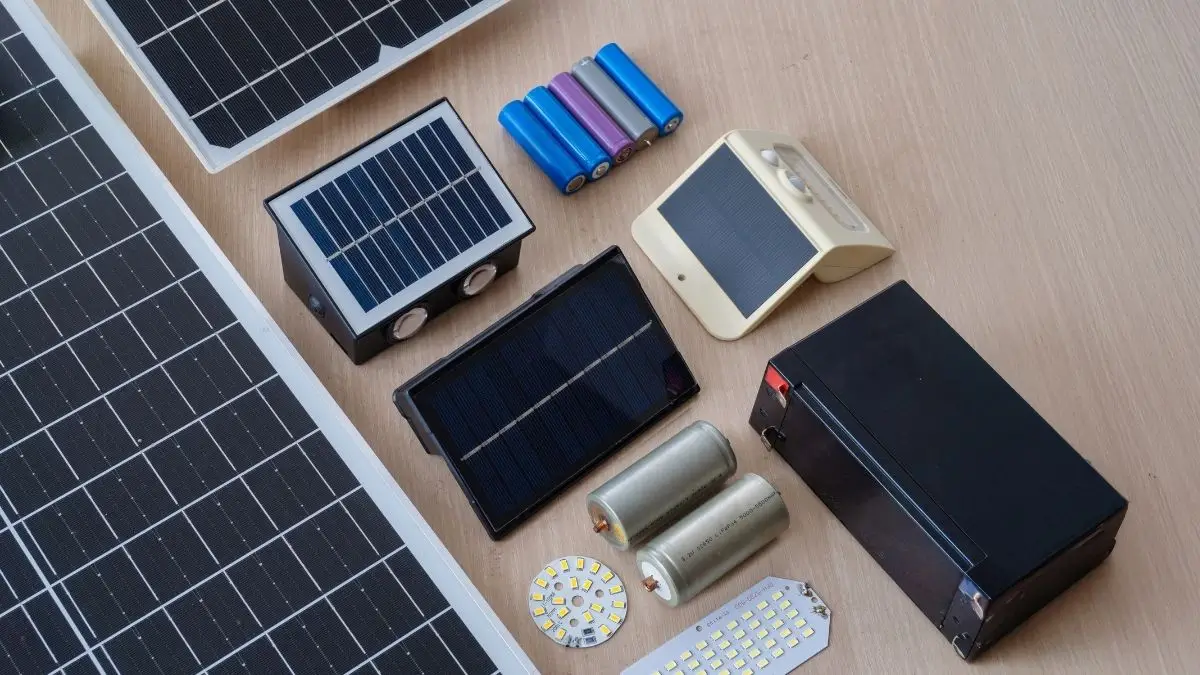
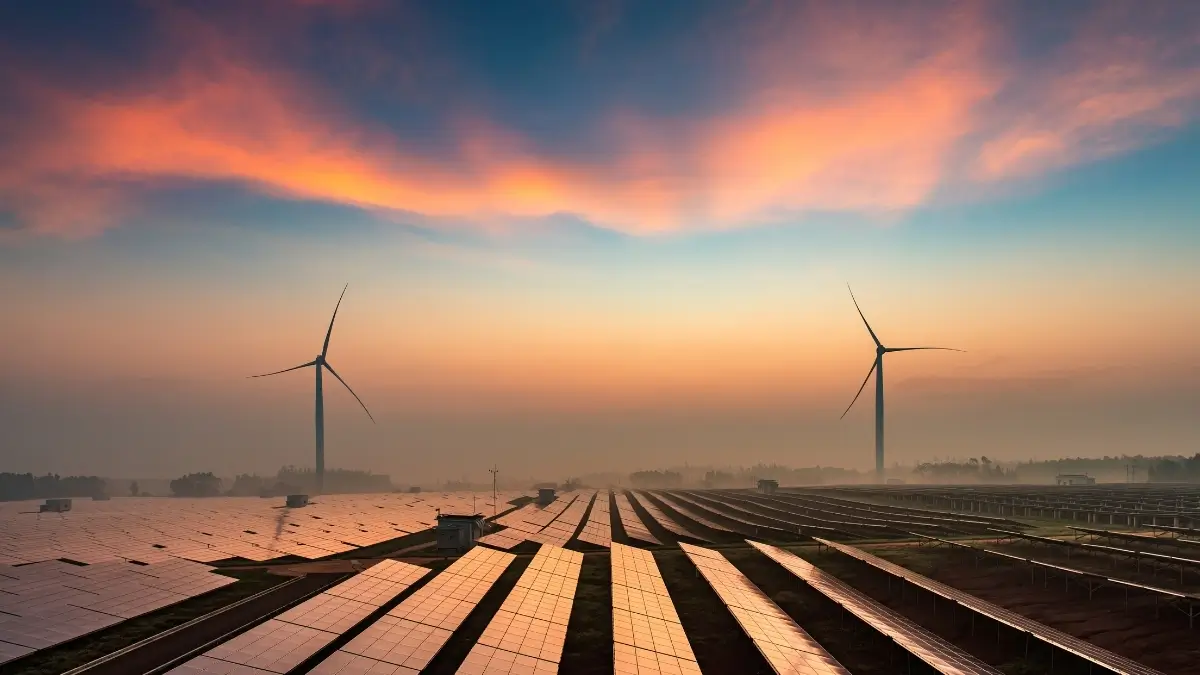
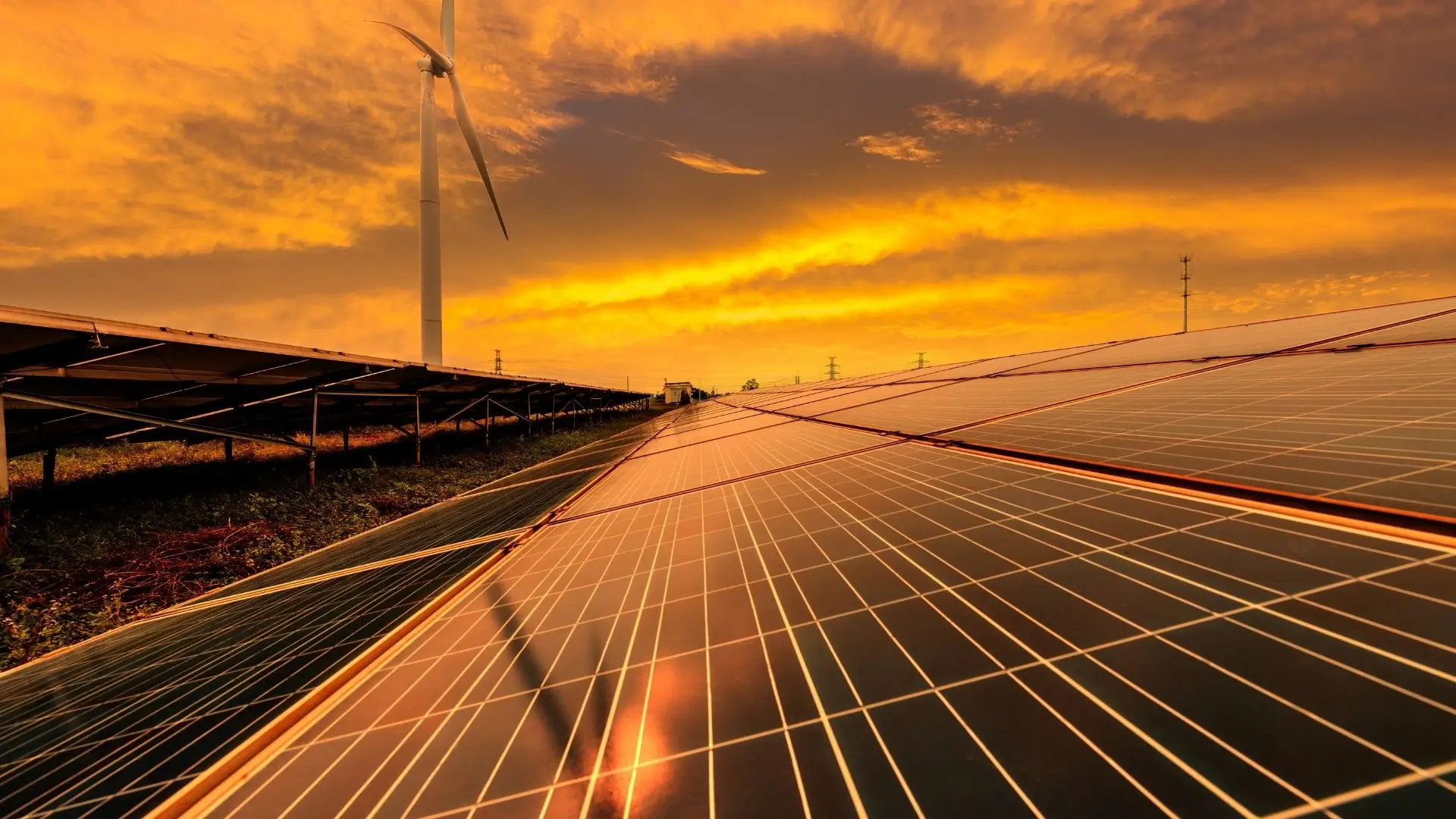
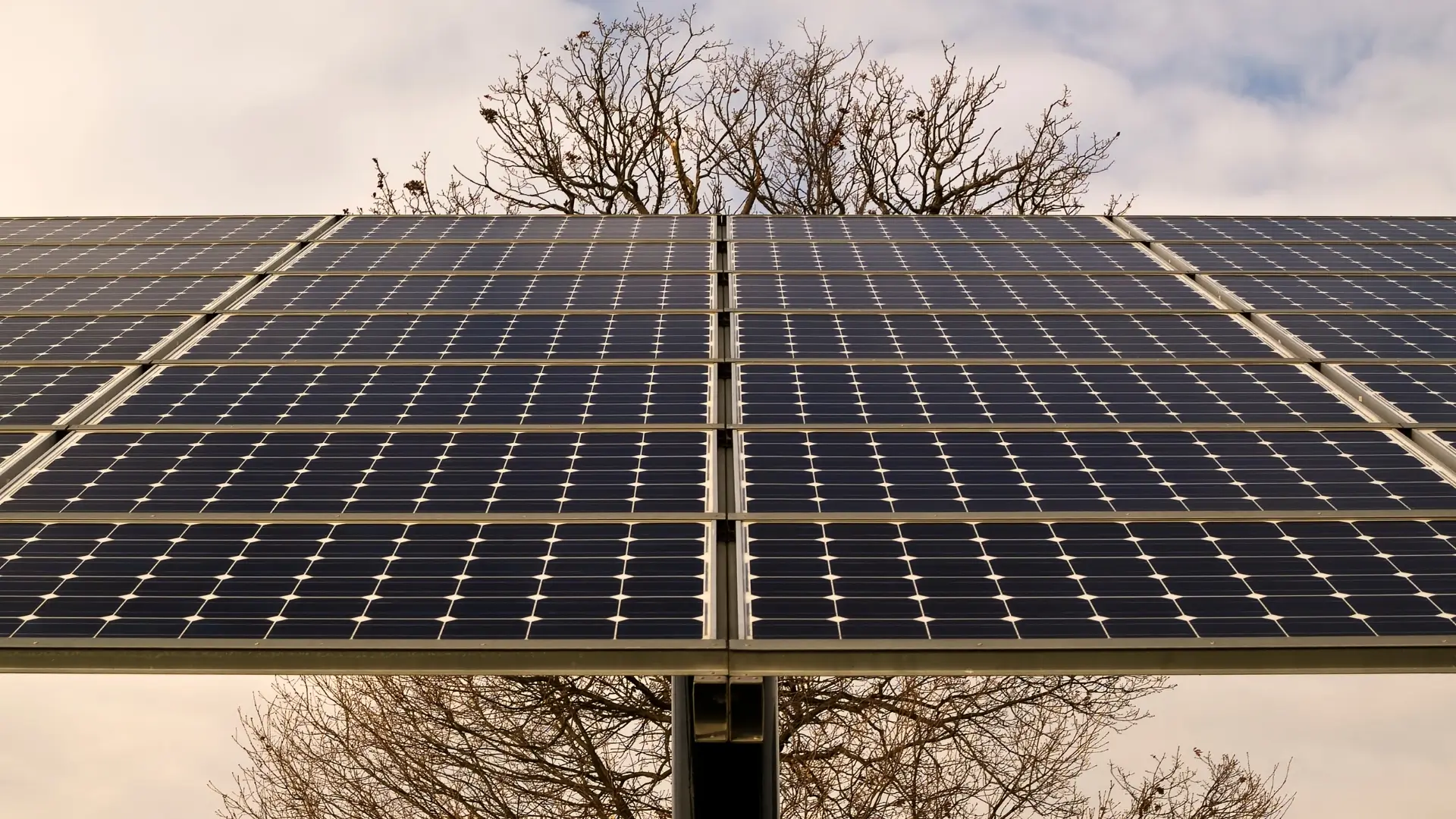
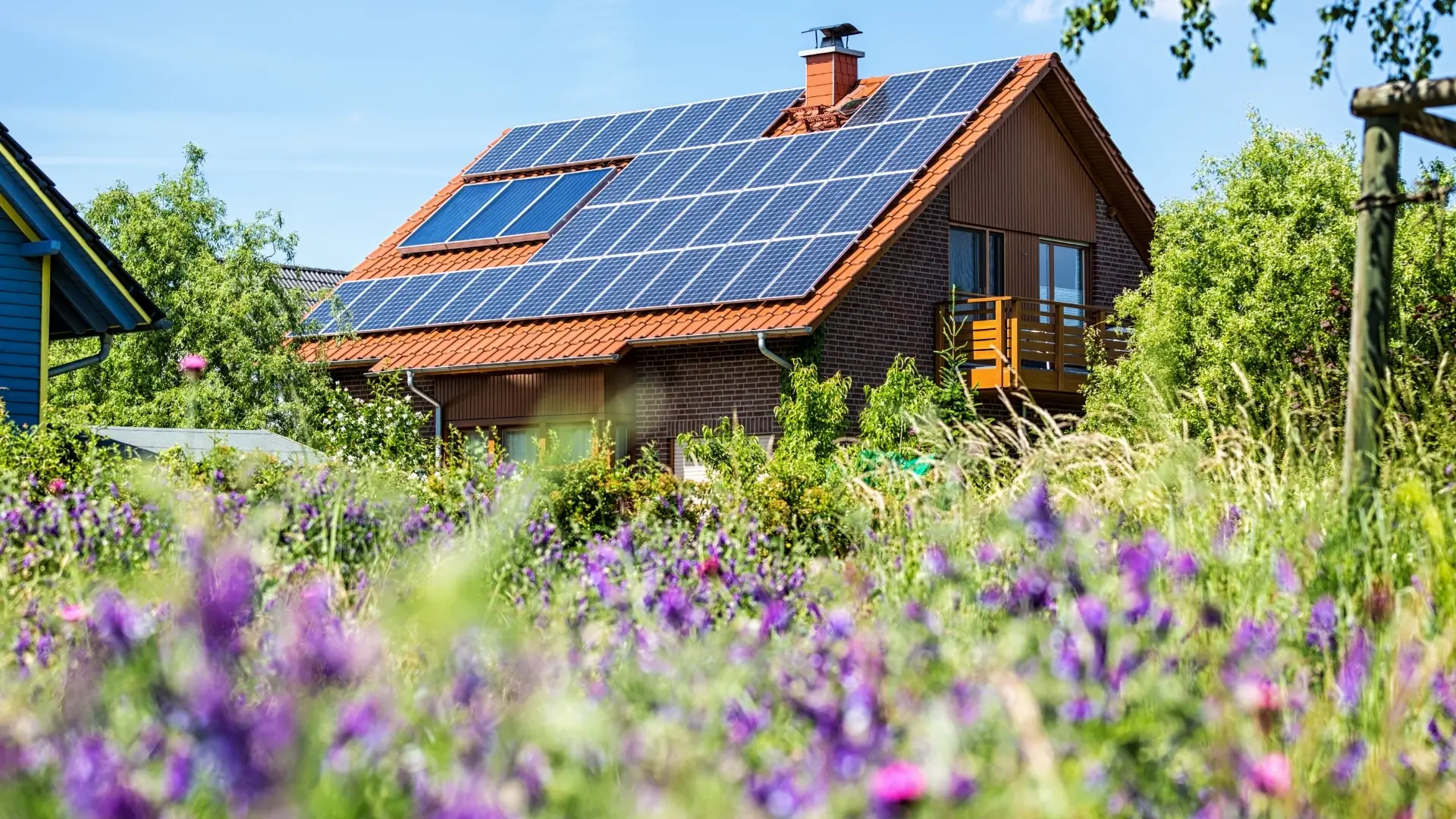
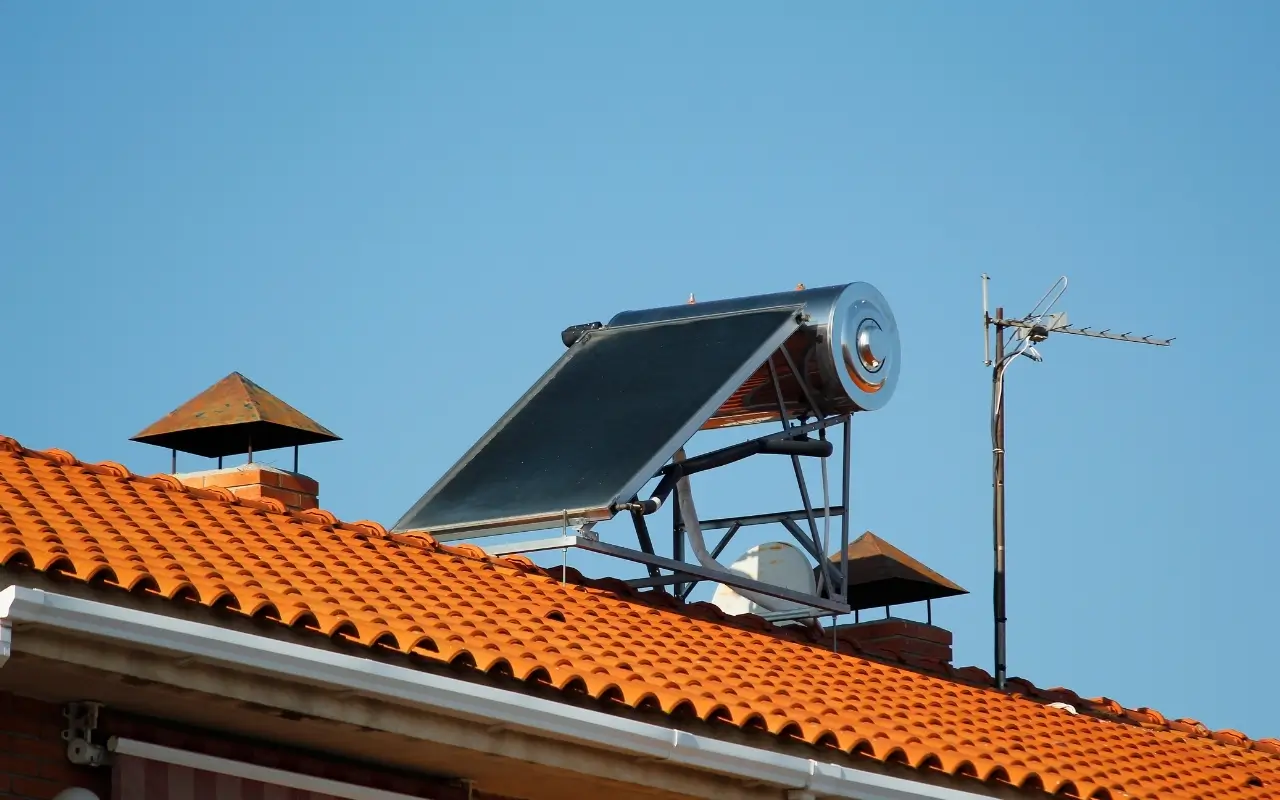
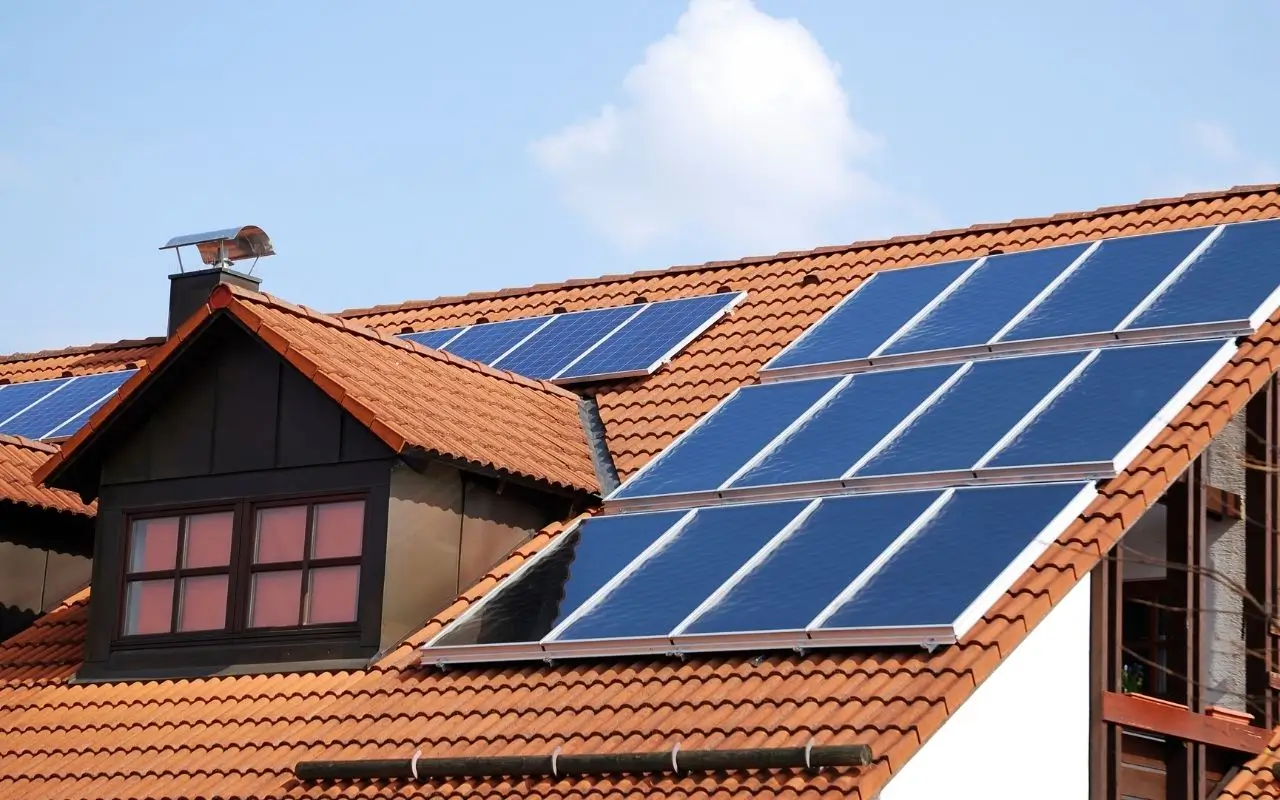
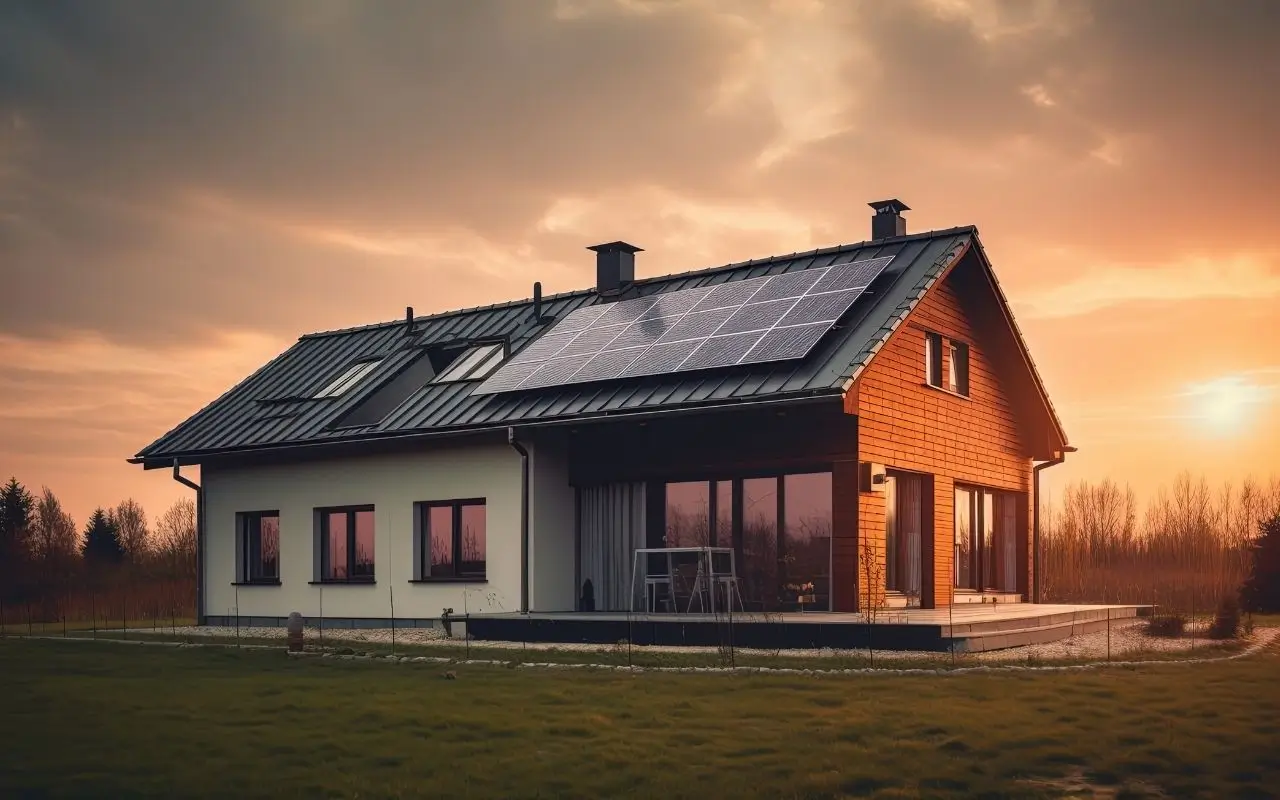
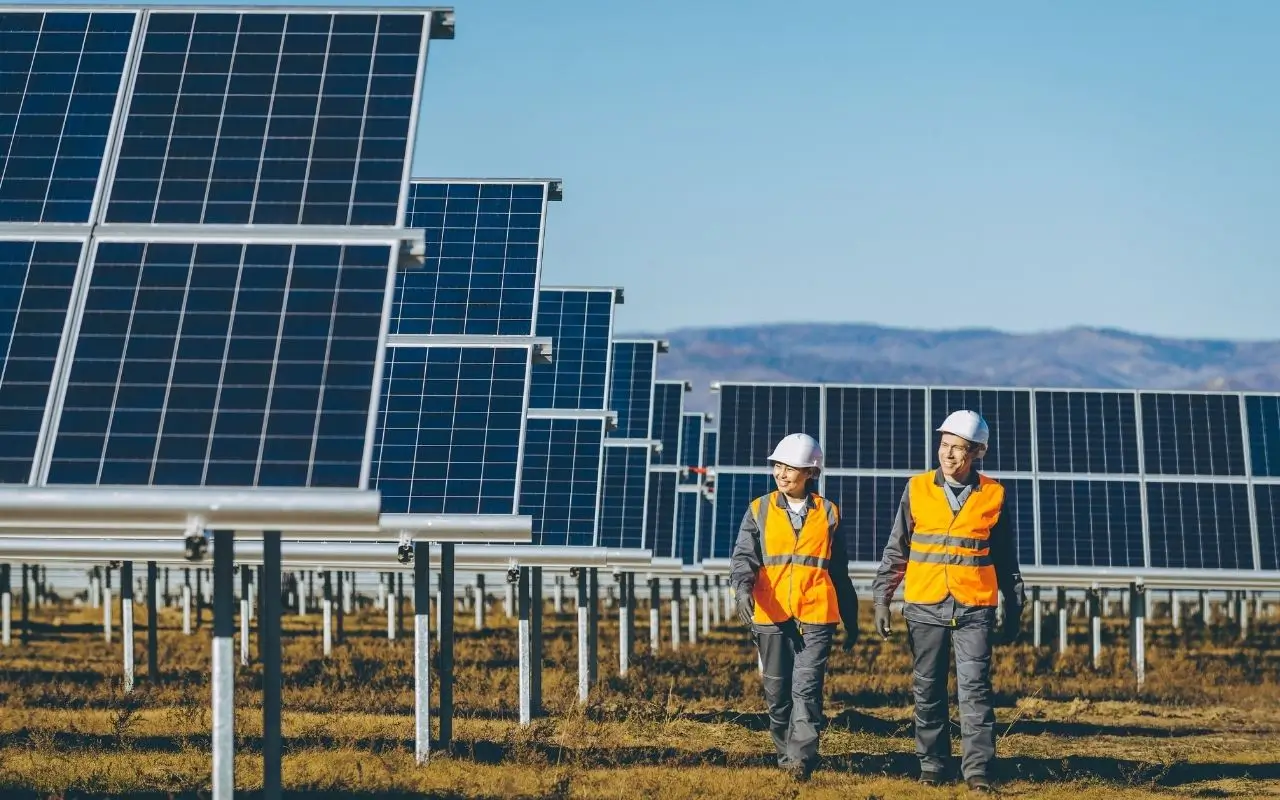
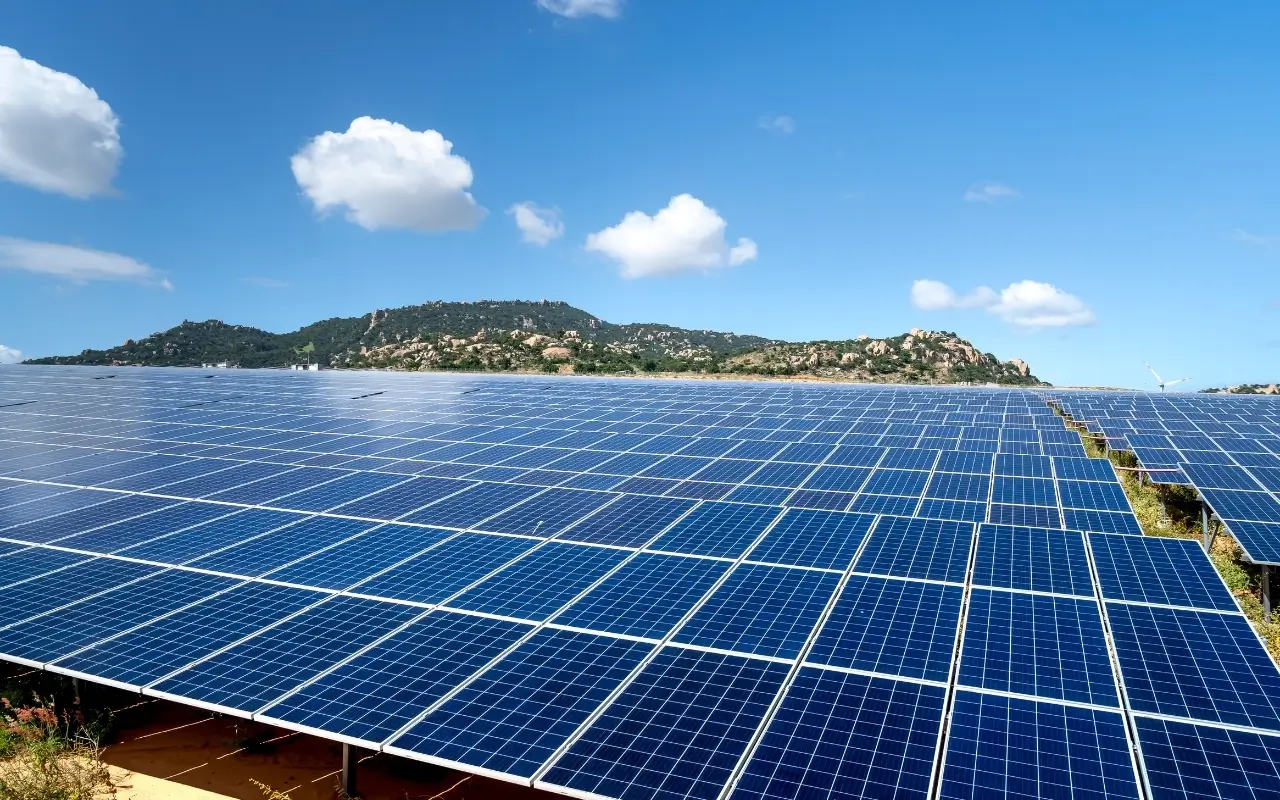
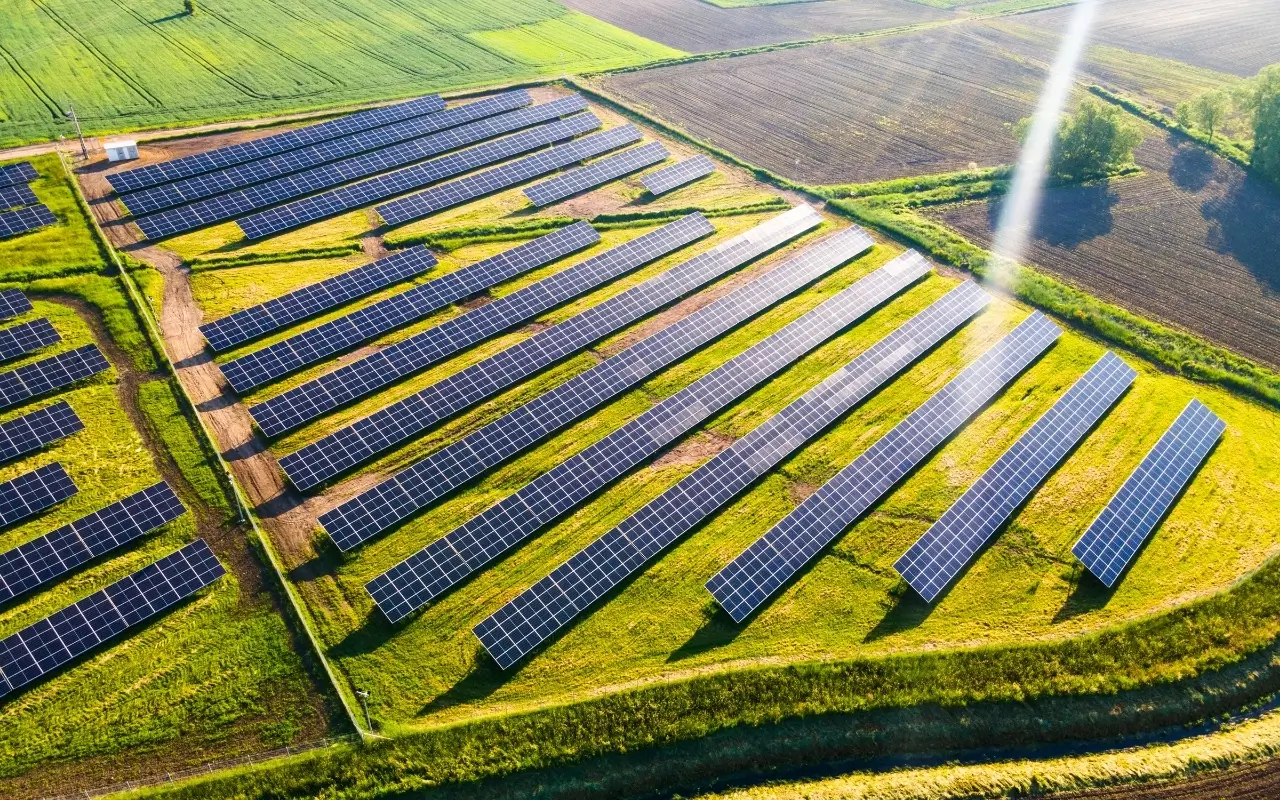
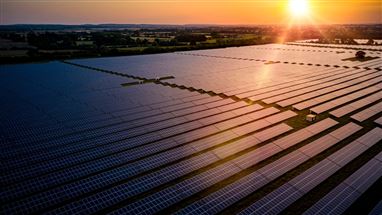
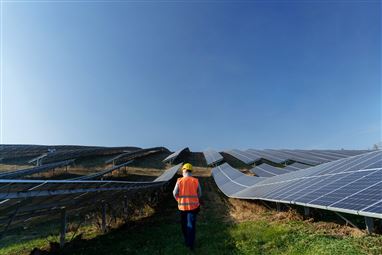
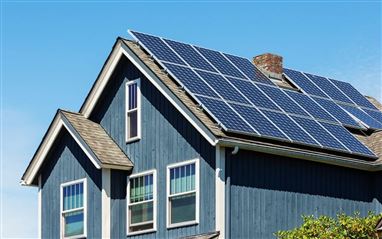
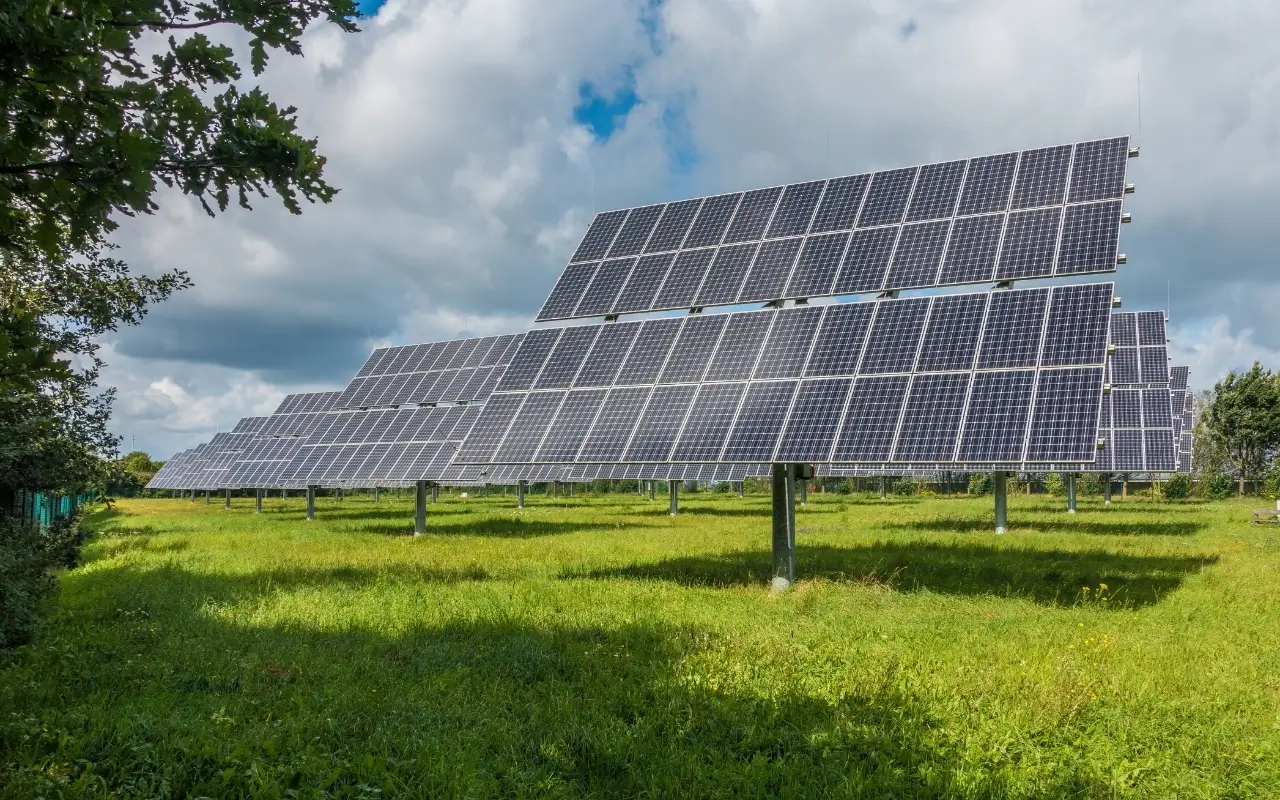
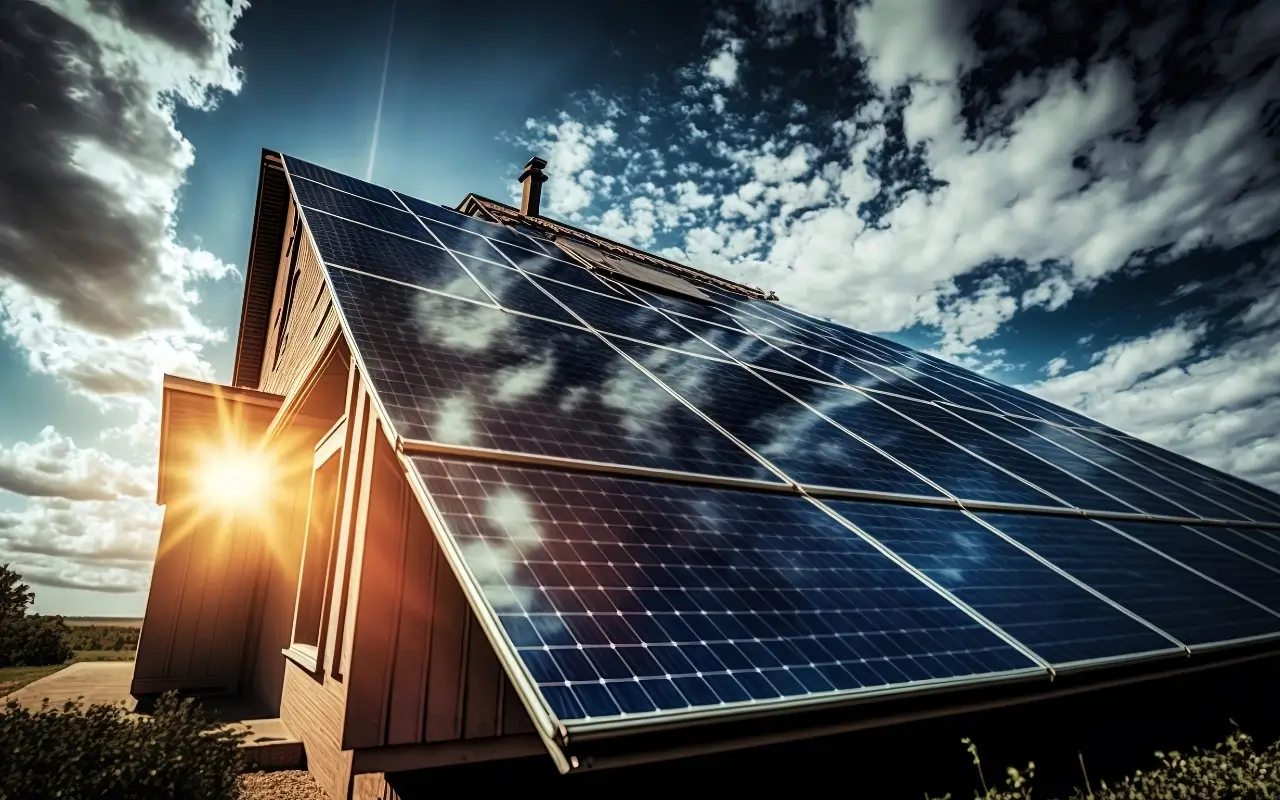
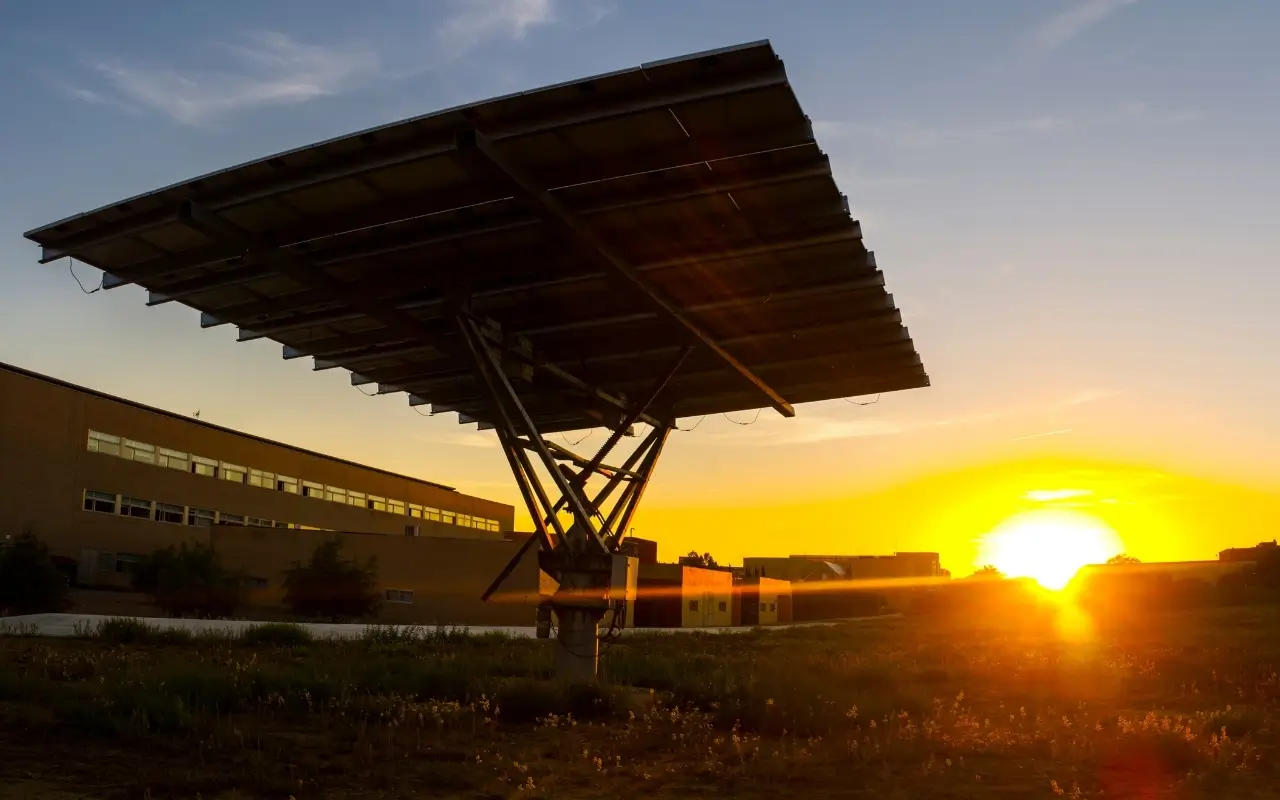
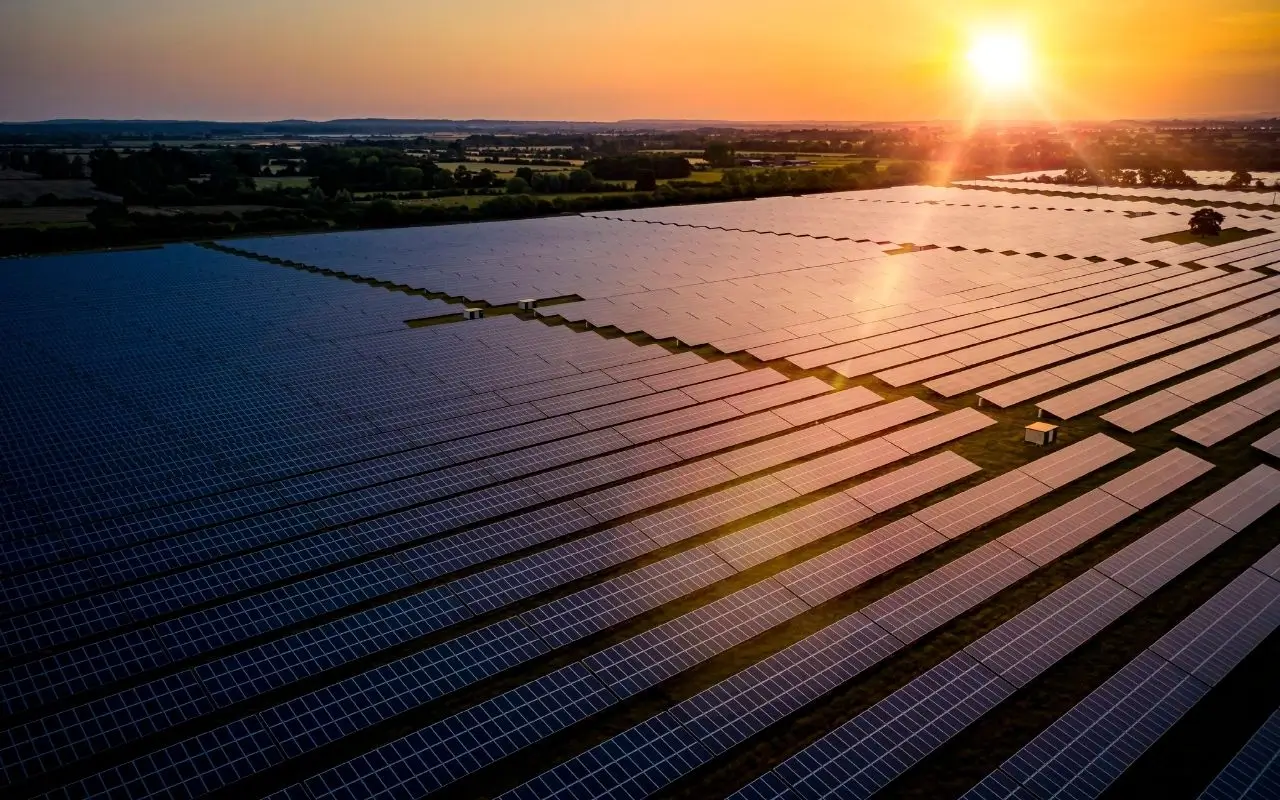
Do Comment